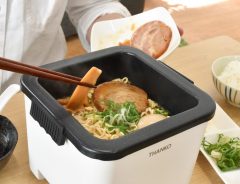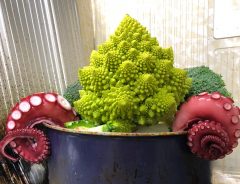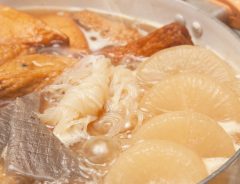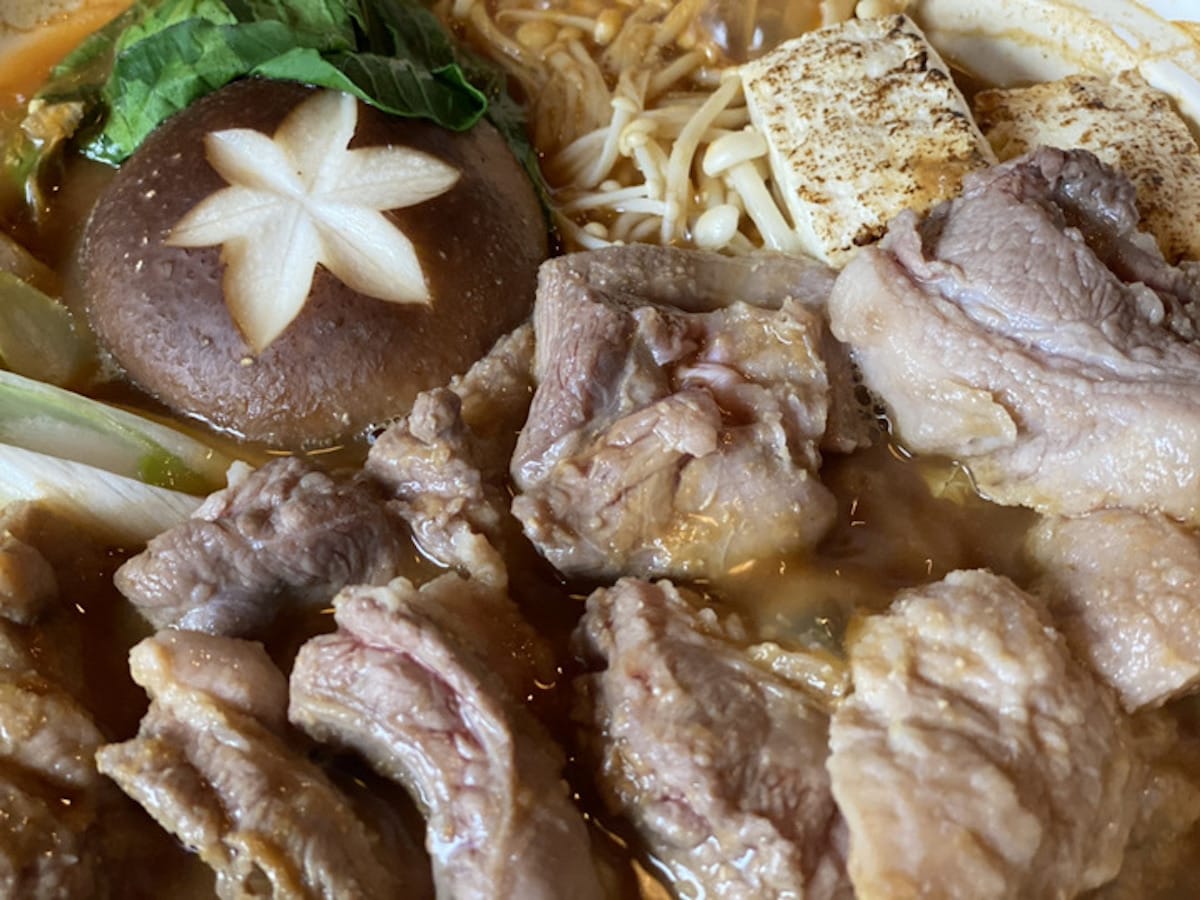- Tags:
- hotpot / inoshishi / Japanese stew / nabe / wild boar
Related Article
-

With boar season set to begin, Japanese hunters are alarmed by boar-masked cosplayers in the mountains
-

Japanese Manga Artists and Illustrators Welcome 2019 With Awesome Original Cards
-

Japan’s one-person ramen hot pot is a game-changer for instant noodle lovers
-

Cthulhu recreated as a Japanese hot-pot looks like delicious terror
-

“Folding” compact ramen nabe hot pot cooks up the perfect amount of noodles for one person
-

Japanese food manufacturer’s recommended way to finish off your leftover hot pot has foodies doing a double take



With November just around the corner, and autumn nights drawing in, now is the time Japanese diners start to think about tucking into a tasty hotpot (nabe 鍋). Many of them will be preparing hotpots at home and avoiding the city’s dining spots for fear of the coronavirus. But if the right social distancing and hygiene measures are in place, dining out need not be risky.
In recent years, wild game such as boar, deer and even bear have been gaining popularity among diners in Japan. Boar has become the most popular meat on wild game menus, partly for health reasons - wild boar meat has a third of the calories of pork – and partly because they offer a sustainable source of protein.
But these meats are hard to come by in your local supermarket, so you have to venture further afield if you want to find them. Among the establishments with wild boar on the menu is Sakeba in Shibuya, which is hoping to lure customers in with the promise of a delicious wild boar hotpot. It has a miso base, which compliments the taste of the boar wonderfully. They have also lined up some carefully selected sake, which is rich in the taste of rice and makes for a great accompaniment to wild boar.
© ValuePress Co., Ltd.
Wild boars live in sparsely populated areas all over the Japanese mainland. They have no natural predators, so they thrive in the mountains. With burgeoning numbers always threatening to overwhelm delicate forest ecosystems, hunters have been given license to cull the population. The boar hunting season usually runs from November until March.
Wild game is called jibie ジビエ in Japanese, from the French word gibier, meaning ‘wild game’. Wild boar is inoshishi 猪, though wordsmiths may prefer the more old-fashioned alternative yamakujira 山鯨, or ‘mountain whale’.
© ValuePress Co., Ltd.
Eating wild boar has been popular in Japan for millennia. Back in 675, one emperor even specified that inoshishi should be exempt from the ban on eating meat. The porcine foragers often feature in Japanese folklore and are much admired for their fearlessness, so much so that Inoshishi used to be a popular boy’s name in some parts of the countryside. (Demon Slayer fans will probably nod in recognition, since one of the protagonists, Inosuke Hashibira, wears a wild boar head mask and has a name which shares the first two syllables of inoshishi.)
Sakeba’s wild boar nabe costs ¥3000 per person, excluding tax, for a minimum of two diners. The management ask that diners wanting to order the wild boar nabe make reservations in advance. To make a booking, call 050-3184-3814, or do it online.
Sakeba is open from 5 pm to 11.30 pm daily, and last orders are at 11 pm. You’ll find them in Shibuya, on the seventh floor of the Compal Building, which is only three minutes on foot from the New South Exit of JR Shibuya station. The address is 3-15-2 Shibuya, Shibuya-ku, Tokyo 150-0002.
For more details, see here.